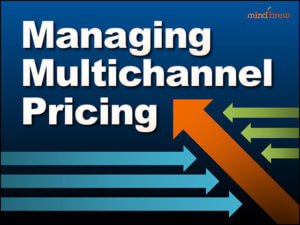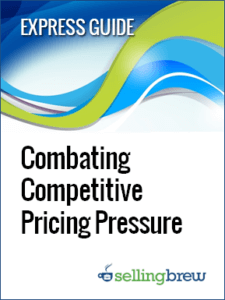At SellingBrew, we talk a lot about customer retention—even though the topic isn’t nearly as popular as acquiring new customers. So, why do we do it? Why do we keep beating the drum about customer retention?
Because popular or not, we want to cover what’s important. And customer retention is critically important to B2B sales operations for two big reasons:
- Many B2B markets are so concentrated and narrow that if you’re not retaining the customers you acquire, you’ll eventually run out of viable prospects to sell to.
- Annual sales growth targets are hard enough to hit without having to first dig yourself out of a hole, making up for attrition in your existing customer base.
So, why don’t more sales operations take an interest in customer retention? Why isn’t it a more popular topic in the broader B2B sales dialog?
Well, during our subscriber-only training seminar, How to Retain Your Key Customers, we may have stumbled upon the answer. At the end of the online session, an attendee asked a question about the right ways to measure customer retention. And in answering that question, it finally dawned on me…
B2B sales operations may not even realize they have problem with customer retention because they are measuring it all wrong!
Actually, the term “customer” retention is a bit of a misnomer in B2B. After all, having a diverse base of suppliers at the ready is in a B2B customer’s best interests and they will rarely stop doing business with you altogether. So if you’re simply measuring whether the customers you did business with last year are still buying from you this year, you’re going to be fooled into thinking you don’t have a problem.
In fact, with this kind of binary measurement, your customer retention rates might look to be as high as 95-97%—because you’re only measuring the mere presence of the customers, instead of measuring and monitoring things like:
- Revenue Retention: Did your existing customers do a $1 million with you last year and only $500K this year? If so, can you really say that you retained their business?
- Product Mix Shifts: Were they buying a full range of high-margin products last year and have since turned into low-margin cherry-pickers? If so, what exactly have you retained?
- Wallet Share Levels: Has their overall category spending increased since last year, while your sales to them have stayed flat? If so, you’re losing, not retaining it.
As we discussed in the training session, customer retention in B2B is about far more than the mere presence of customers over time—the nature of the business they’re doing with you is what really matters.











